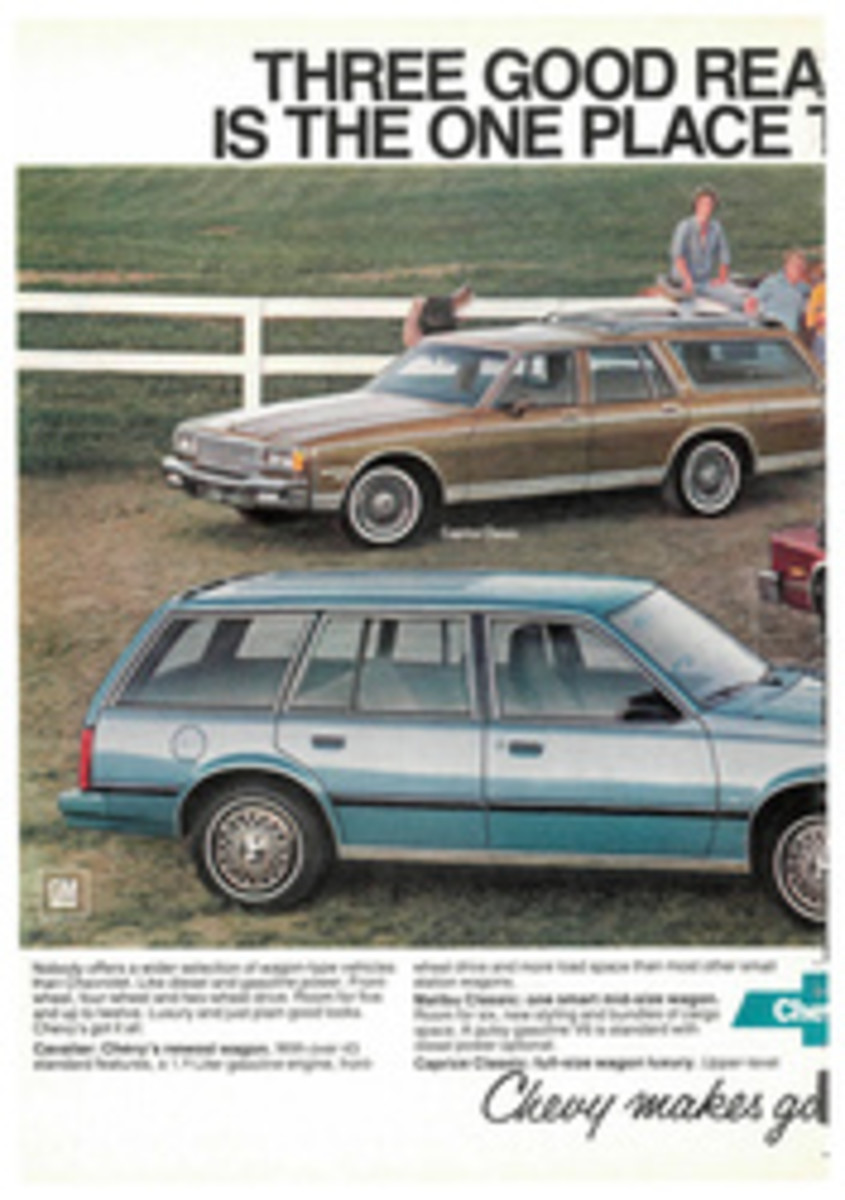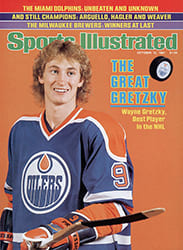
IN THE VIEW OF THIS MARATHONER, THE BEST KIND OF RUN IS ONE DONE FOR FUN
Judging from the magazines I read, running appears to be the most analyzed participant sport in America. Why do so many people run? Vanity? Why do some of them run so far? Insanity? When does running become a negative addiction? What will be the future of the sport? No other physical activity—none usually undertaken outdoors, at any rate—inspires so much speculation. Golf's elder statesmen may lament the fact that there don't seem to be enough youngsters taking up the game, and the Federal Government has funded a study of the childish behavior of many tennis players, but, to my knowledge, no writers have felt obliged to dismiss recreational golfers and tennis players as egomaniacs, lunatics, masochists or bores. Instead, the writers tacitly acknowledge that people indulge in these sports simply because they enjoy them.
I hate to see something good treated badly in print, and my hope is that before long recreational running will be regarded as nothing more than a pleasant pastime, too. I even think that may actually happen. After all, there are perhaps three main reasons for running: for the healthfulness, or the competitiveness or the fun of it. Most people who take up running, and stick with it, pass through the first two of these stages and into the third. Now that the sport has been popular for several years, I believe the majority of runners are doing what they do primarily for enjoyment.
At first, of course, most people run to improve their health. If it is vanity to want to be in decent physical condition, it's a healthier form of vanity than that which makes some of us write articles for magazines.
Anyone who begins running to improve his body is almost certain to be in for a trying half year or so. But those who overcome the sore muscles, aching joints and assorted injuries finally find themselves in shape. Chances are they feel better, both physically and mentally, than they have ever felt before. The next step, then, is to enter races.
For two or three years a runner's times will improve, and perhaps he will win or place in his age group. It's during this period that he's most likely to buy books and magazines that explain in minute detail how to cut 10 minutes from one's marathon time by going on a turnip juice and organic granola diet, and enumerate 15 ways to stretch a quadriceps.
Sooner or later one of two things happens to a competitive runner: he injures himself and is forced to cut back his training and slow down, or he reaches the limit of his ability. He then finds it extremely difficult, if not impossible, to improve his times. After all, he is very perceptibly growing older.
Some runners, usually only the very best ones, may compete for years, but most of them eventually decide to take it easy and run for the fun of it. They realize somewhere along the road that they have no more in common with Rodgers, Shorter and Salazar than the weekend golfer has with Watson and Nicklaus or the average tennis hacker has with Borg. And by then they have also learned that an eight-minute mile burns up almost the same number of calories as a five-minute mile, so they run at an enjoyable, comfortable pace. I for one have come to the point where, if I participate in a road race with 300 others, I'm just as happy to come in 211th as 14th. The camaraderie—the gratification of sharing a pleasant experience with others—has become the primary thing. Millions of runners have gone through the health and competition stages and are now in the sport for fun. They'll stay in it, too.
The clearest evidence I've seen of this was in the 1980 Honolulu Marathon. My family and I were in Hawaii on a vacation, and I signed up for the event as an experiment. For months I'd been thinking of making my personal transition from fairly serious competitive running to easy running. My son Pete entered with me, and we decided to jog along together and enjoy the social contact with the other runners and the 26 miles of semitropical scenery.
Honolulu is known as a marathon for slow runners, for those whose ambition is simply to finish, and it turned out to be as much a social event as a race. Pete and I talked to each other and to other runners all along the route, stopped at every aid station, watched the surfers off the tip of Diamond Head and the hula dancers farther on. We slowed down to get a good look at the Waialae Country Club—site of the Hawaiian Open—as we passed by. Many of the numerous Japanese runners were so casual that they ran with cameras strapped across their backs and stopped to snap pictures of spectacular sights along the way.
Pete is a college distance runner, so our average pace was more than three minutes per mile slower than he's accustomed to. My finishing time was about 35 minutes slower than I've ever done in a marathon before. Going that slowly, with no thought of place or time, does take some getting used to—we all have some of the work ethic in us—but it really was fun. Nearly all the runners at Honolulu seemed to be enjoying themselves.
Pete will go back to hard training and competition, of course, because he has a lot to look forward to. But for the millions of us who for various reasons no longer find a hard race the only stimulating aspect of the sport and who by now have come to take the health that results from regular exercise pretty much for granted, there is a long, slow, enjoyable running future stretching ahead. I don't see why anybody should feel obliged to analyze that.
ILLUSTRATION
HOBERT NEUBECKER

